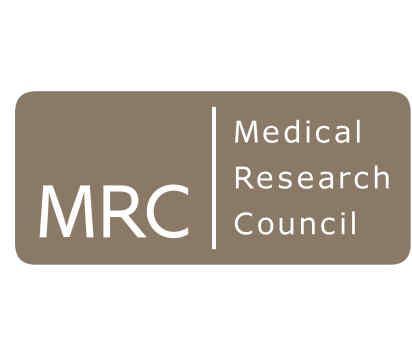BibTex format
@article{Garcia:2017:10.1016/S2213-8587(16)30419-3,
author = {Garcia, Perez I and Posma, JM and Gibson, R and Chambers, ES and Hansen, TH and Vestergaard, H and Hansen, T and Beckmann, M and Pedersen, O and Elliott, P and Stamler, J and Nicholson, JK and Draper, J and Mathers, JC and Holmes, E and Frost, G},
doi = {10.1016/S2213-8587(16)30419-3},
journal = {The Lancet Diabetes & Endocrinology},
pages = {184--195},
title = {Objective assessment of dietary patterns using metabolic phenotyping: a randomized, controlled, crossover trial},
url = {http://dx.doi.org/10.1016/S2213-8587(16)30419-3},
volume = {5},
year = {2017}
}
RIS format (EndNote, RefMan)
TY - JOUR
AB - Background: The burden of non-communicable diseases, such as obesity, diabetes, coronary heart disease and cancer, can be reduced by the consumption of healthy diets. Accurate monitoring of changes in dietary patterns in response to food policy implementation is challenging. Metabolic profiling allows simultaneous measurement of hundreds of metabolites in urine, many of them influenced by food intake. We aim to classify people according to dietary behaviour and enhance dietary reporting using metabolic profiling of urine.Methods: To develop metabolite models from 19 healthy volunteers who attended a clinical research unit for four day periods on four occasions. We used the World Health Organisation’s healthy eating guidelines (increase fruits, vegetables, wholegrains, dietary fibre and decrease fats, sugars, and salt) to develop four dietary interventions lasting for four days each that ranged from a diet associated with a low to high risk of developing non-communicable disease. Urine samples were measured by 1H-NMR spectroscopy. This study is registered as an International Standard Randomized Controlled Trial, number ISRCTN 43087333. INTERMAP U.K. (n=225) and a healthy-eating Danish cohort (n=66) were used as free-living validation datasets.Findings: There was clear separation between the urinary metabolite profiles of the four diets. We also demonstrated significant stepwise differences in metabolite levels between the lowest and highest metabolic risk diets and developed metabolite models for each diet. Application of the derived metabolite models to independent cohorts confirmed the association between urinary metabolic and dietary profiles in INTERMAP (P<0•001) and the Danish cohort (P<0•001).Interpretation: Urinary metabolite models, developed in a highly controlled environment, can classify groups of free-living people into consumers of dietary profiles associated with lower or higher non-communicable disease risk based on multivariate m
AU - Garcia,Perez I
AU - Posma,JM
AU - Gibson,R
AU - Chambers,ES
AU - Hansen,TH
AU - Vestergaard,H
AU - Hansen,T
AU - Beckmann,M
AU - Pedersen,O
AU - Elliott,P
AU - Stamler,J
AU - Nicholson,JK
AU - Draper,J
AU - Mathers,JC
AU - Holmes,E
AU - Frost,G
DO - 10.1016/S2213-8587(16)30419-3
EP - 195
PY - 2017///
SN - 2213-8587
SP - 184
TI - Objective assessment of dietary patterns using metabolic phenotyping: a randomized, controlled, crossover trial
T2 - The Lancet Diabetes & Endocrinology
UR - http://dx.doi.org/10.1016/S2213-8587(16)30419-3
UR - http://www.thelancet.com/journals/landia/article/PIIS2213-8587(16)30419-3/fulltext
UR - http://hdl.handle.net/10044/1/86192
VL - 5
ER -
